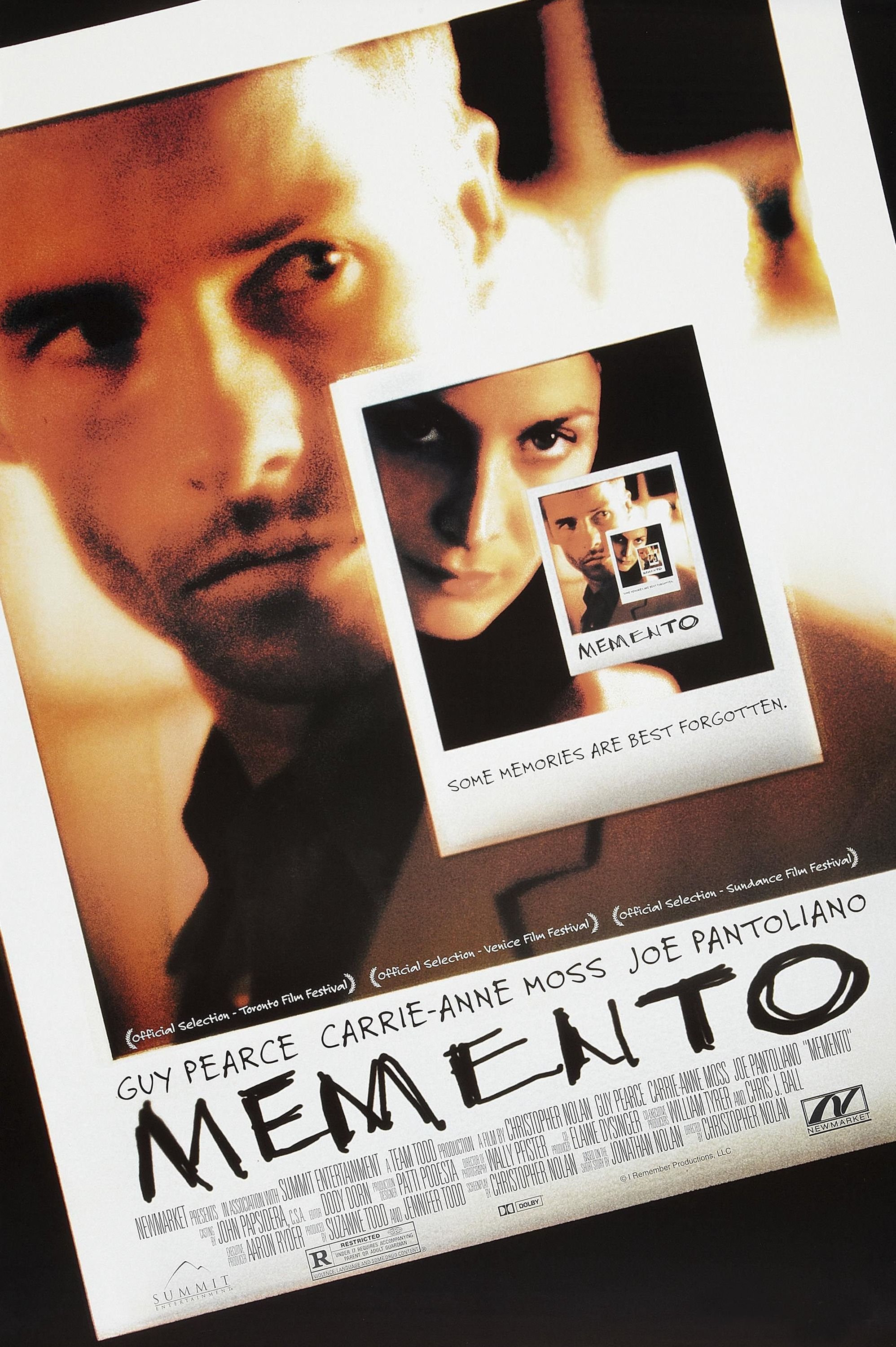Film noir is a genre known for its shadowy visuals, morally complex characters, and twisty plots.
These movies tended to be highly stylized and dramatic, with cynical lead characters and a generally disillusioned vibe.
We do what we want.
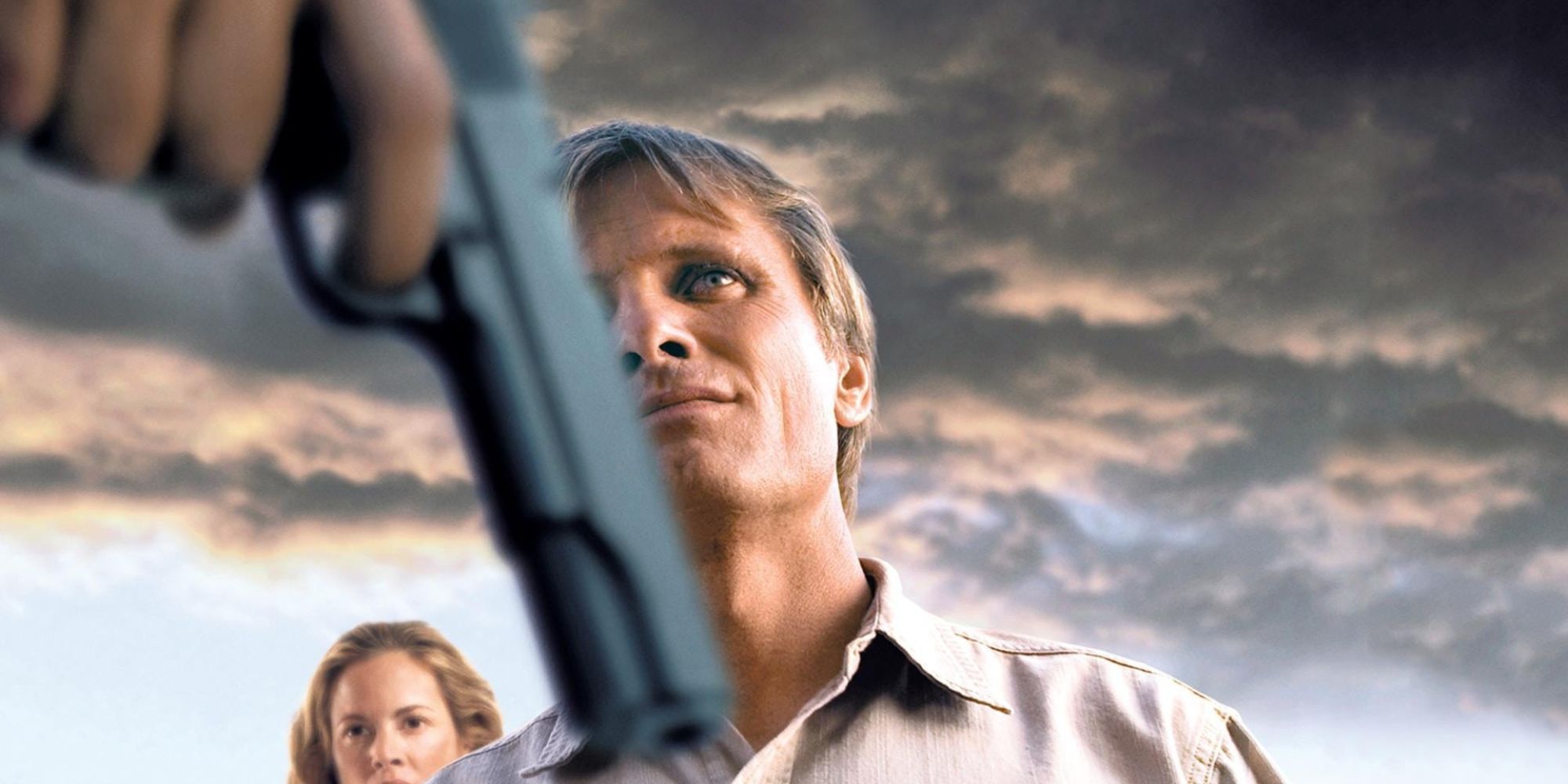
Image via New Line Cinema
The story centers on Eddie Dunford (Andrew Garfield), a journalist investigating a series of child murders.
His search leads him to an unholy bargain between organized crime and bent cops.
The murder mystery itself is reasonably clever and builds up to some shocking revelations.
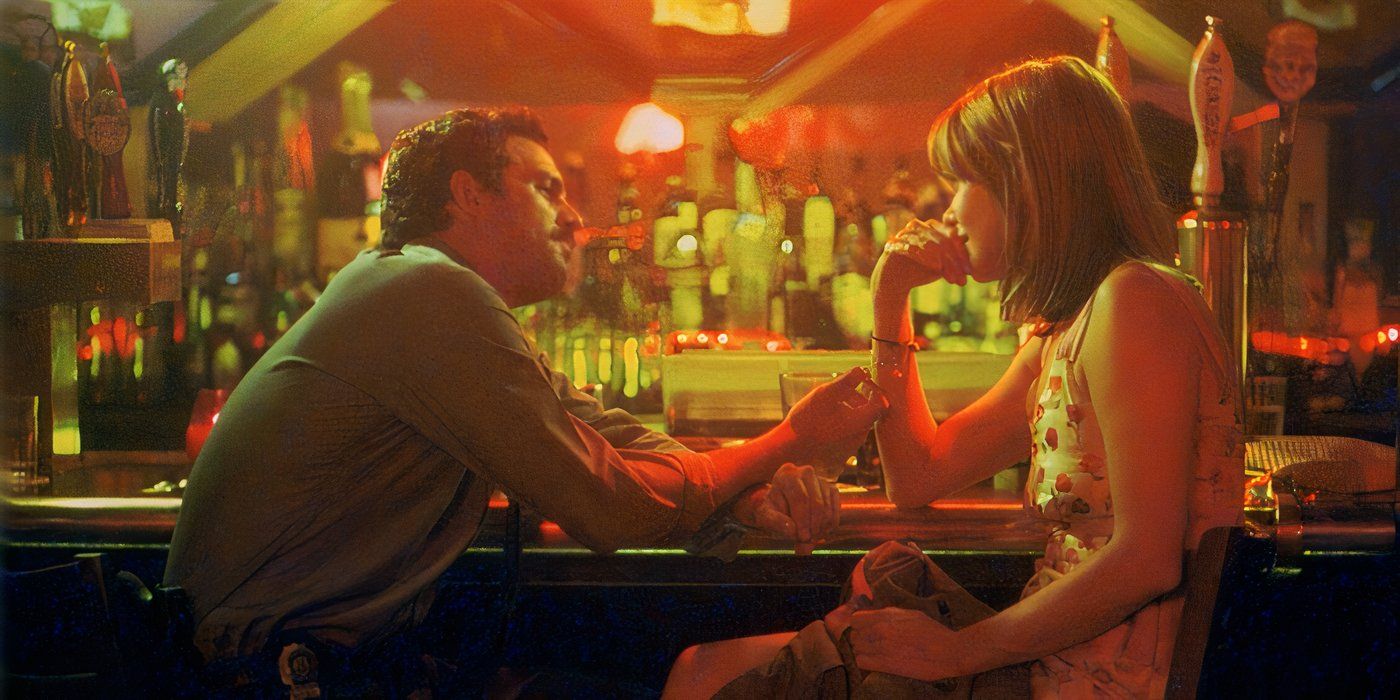
Image via Sony Pictures Releasing
It deserves particular kudos for the way it subverts many noir tropes, the femme fatale most of all.
I’ve got all five senses, and I slept last night.
He soon encounters a web of crime, betrayal, and violence that rivals any classic noir plot.
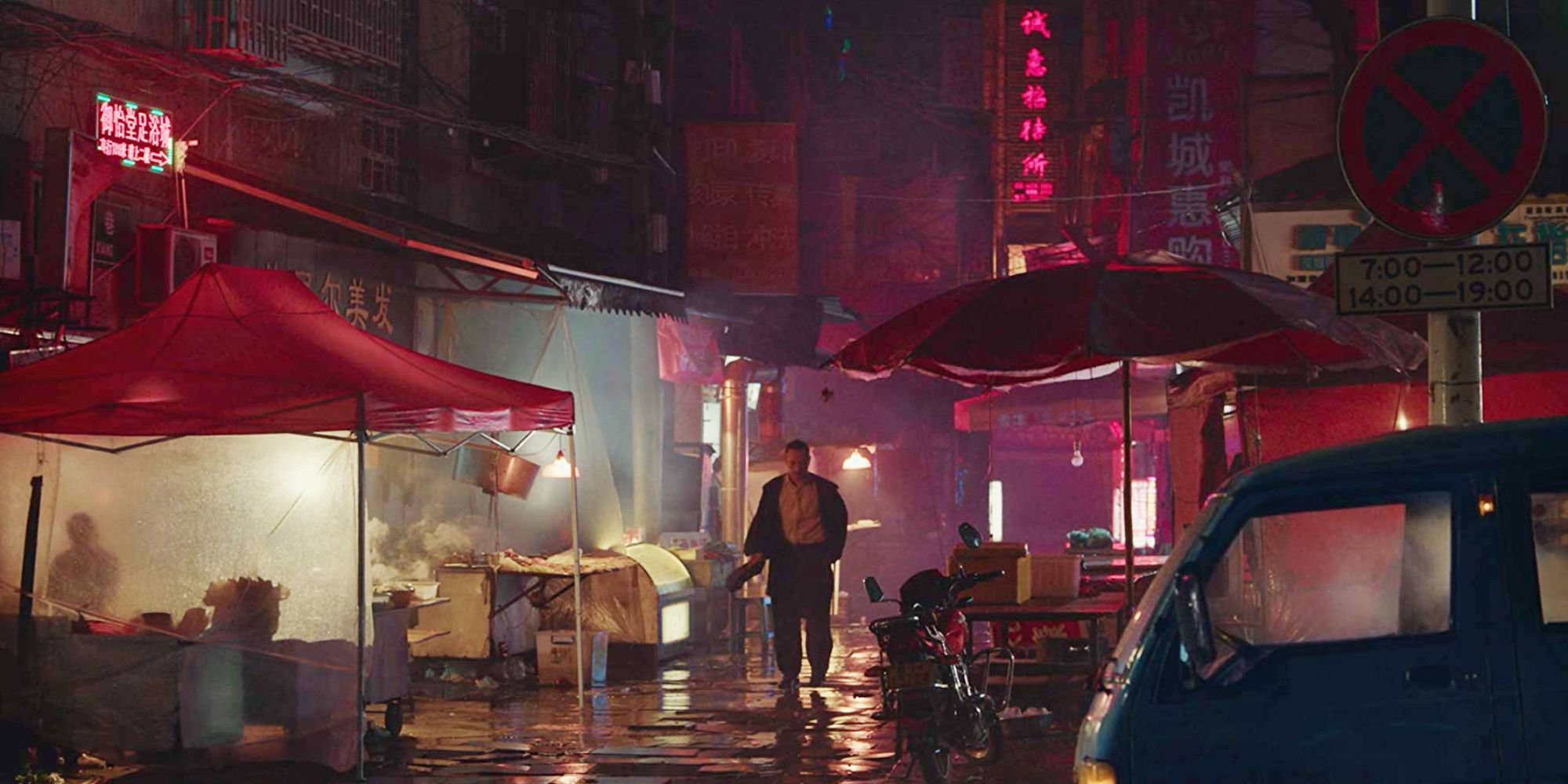
Image via BAC Films
Rian Johnson’s direction and writing bring a stylized, fast-talking noir sensibility to the seemingly mundane setting.
Each family member soon faces a personal reckoning that threatens to tear them apart.
The result is a quiet yet deeply unsettling parable about the lasting impact of the choices we make.
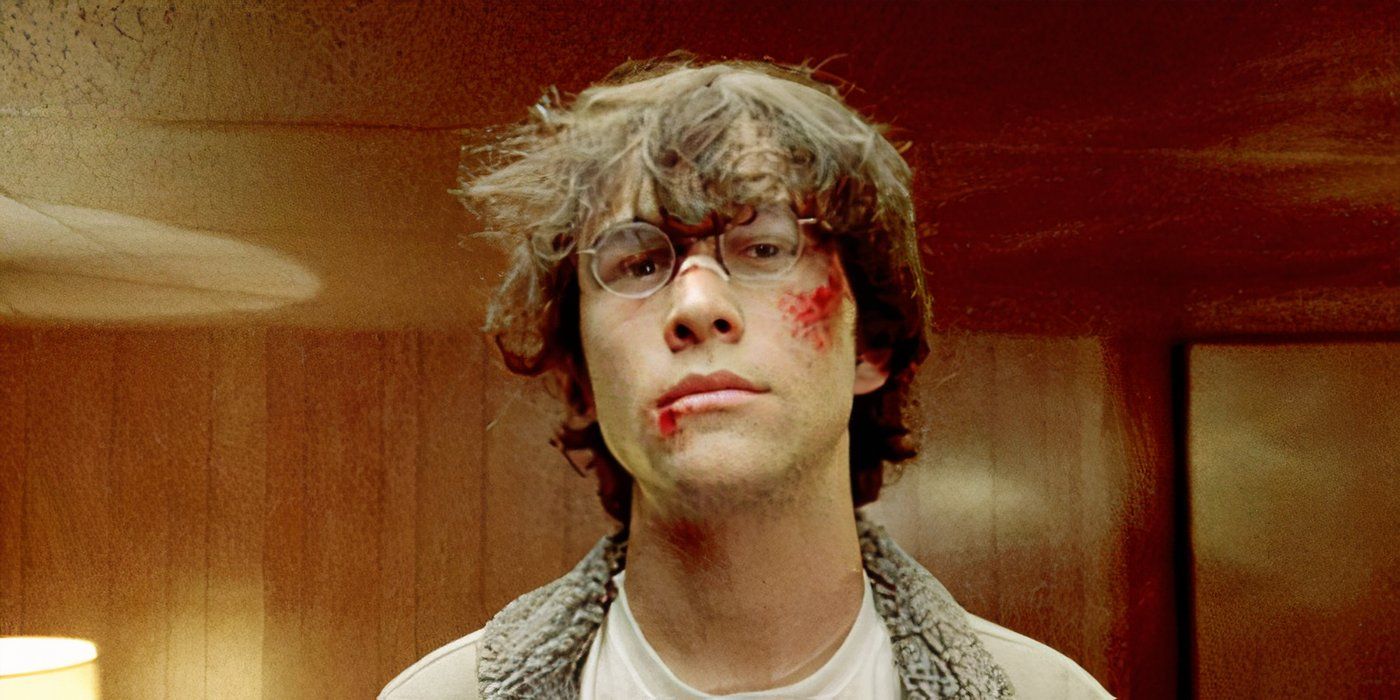
Image via Focus Features
The closing scene is particularly well done and hard-hitting.
A History of Violencedelves intoAmericas complex fascination with violence, navigating morally ambiguous territory with a strong ensemble cast.
Supporting playerWilliam Hurteven received an Oscar nomination for his efforts as a Philadelphia crime boss.
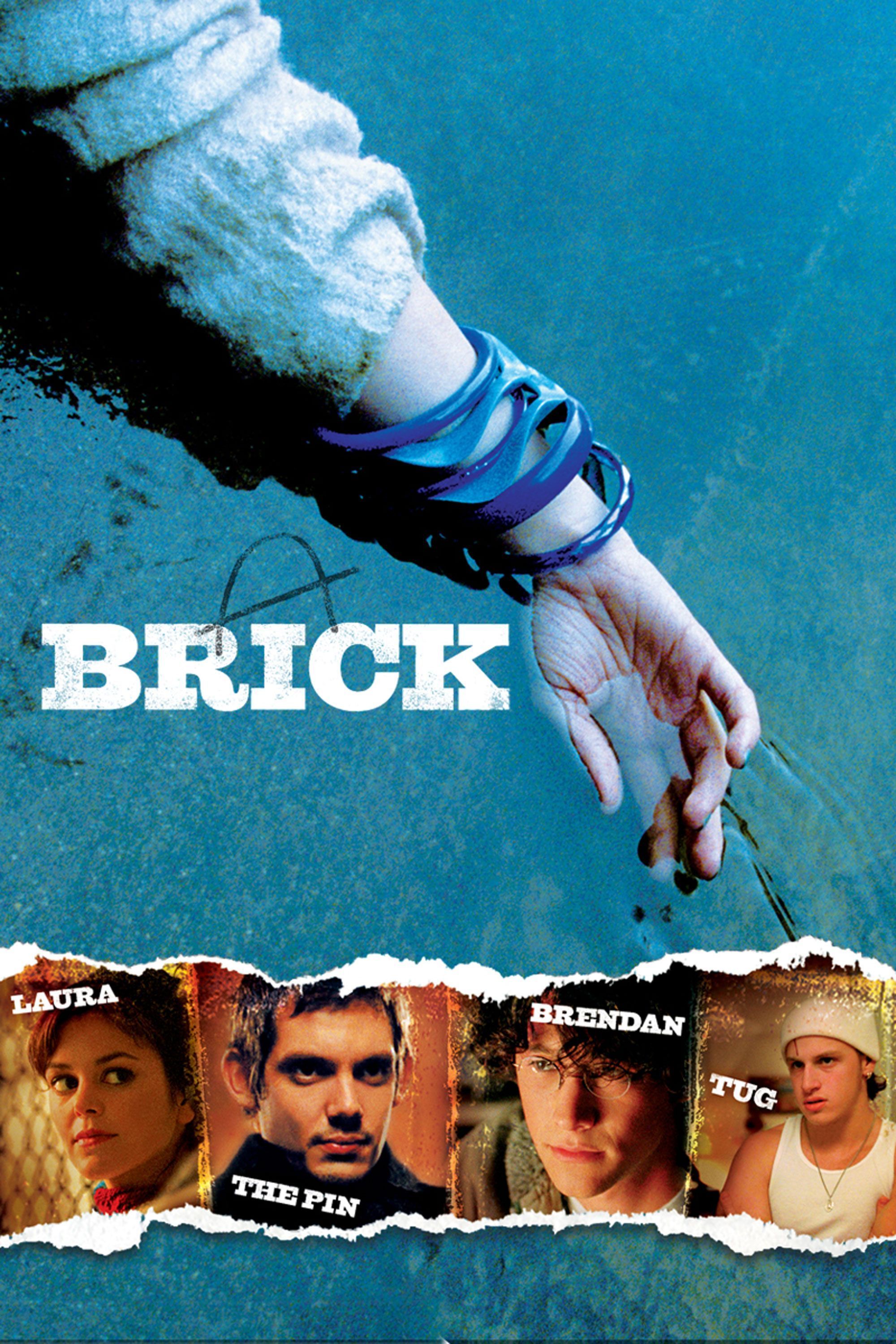
It makes fora gripping exploration of the fine line between heroism and brutality.
Indeed, the author of the novelTell No Onewas based onsaidthe film’s ending was betterthan his.
The domestic sequences are believable and well-acted, while the action scenes are vivid and engaging.
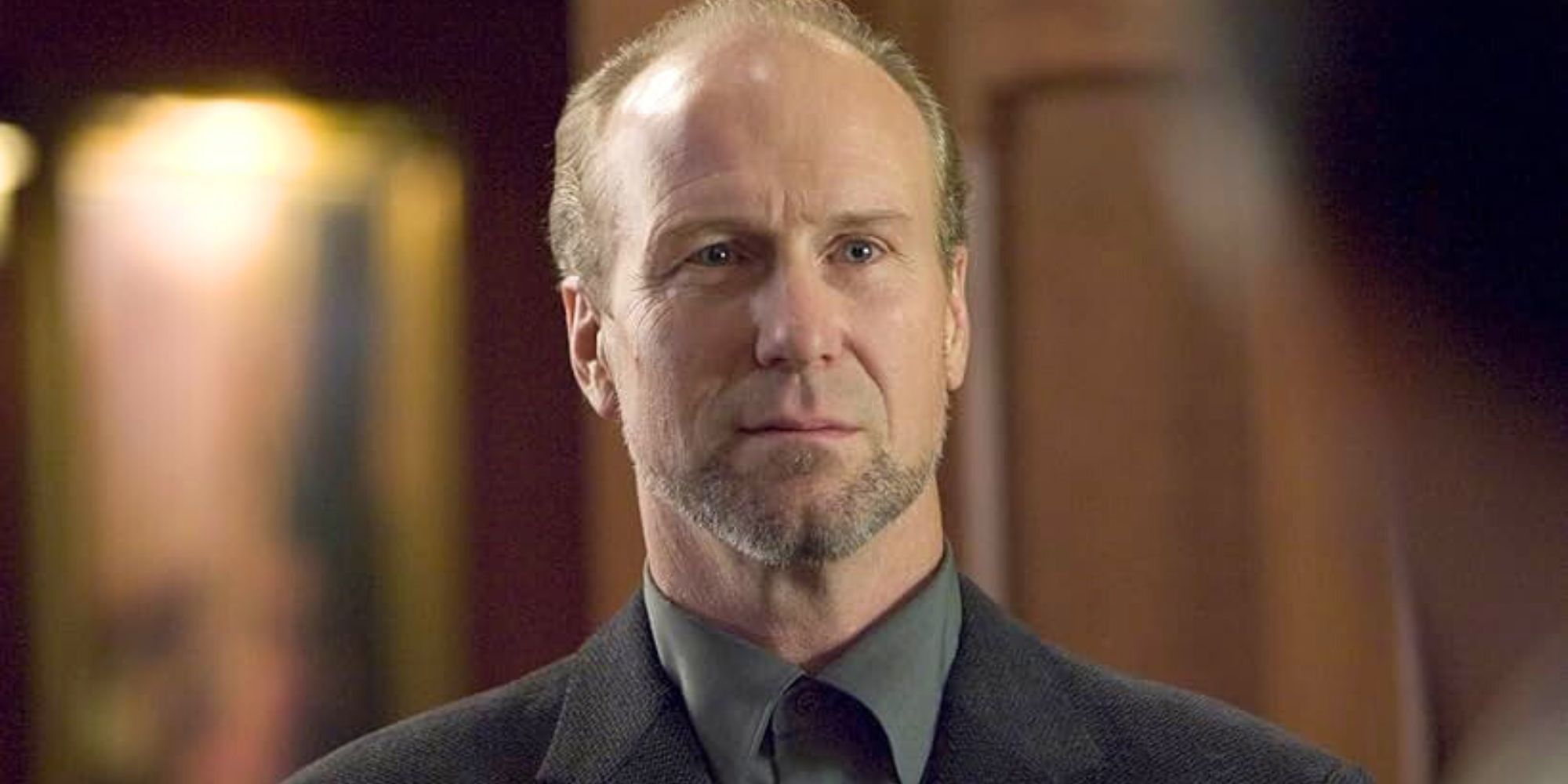
Image via New Line Cinema
2’Drive' (2011)
Directed by Nicolas Winding Refn
“You know the story.
So there wont be any surprises.
“Ryan Goslingleads this oneas an unnamed stuntman and getaway driver who becomes entangled in a heist gone wrong.
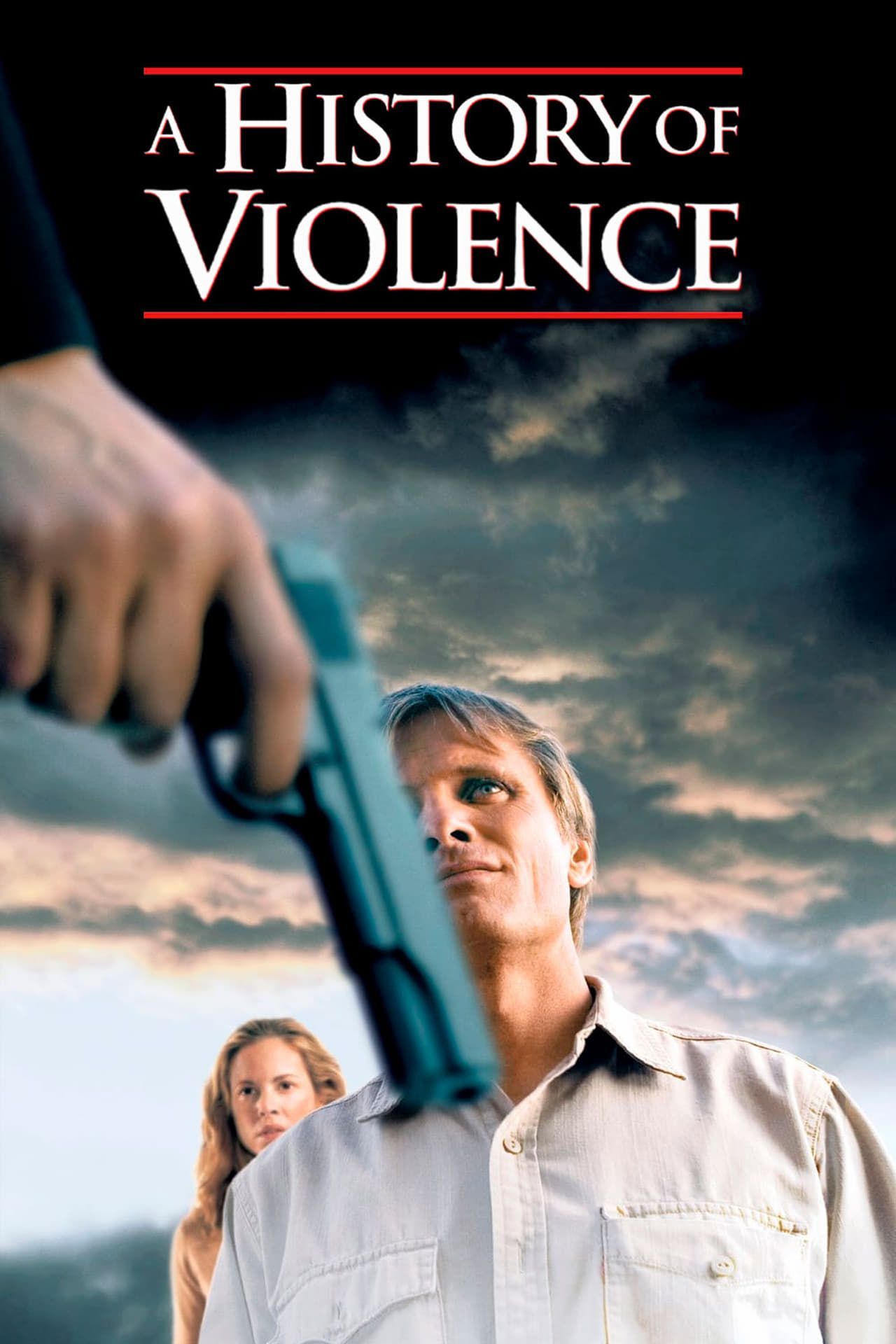
The cinematography here is simply stunning, with a neon-lit aesthetic that contrasts with the gritty, intense narrative.
DOPNewton Thomas Sigelshoots LA with a stylish, noir-inspired edge, drawing heavily onWalter Hill’s 1979 classicThe Warriors.
For this reason, some havedubbedDrive"arthouse neo-noir.”
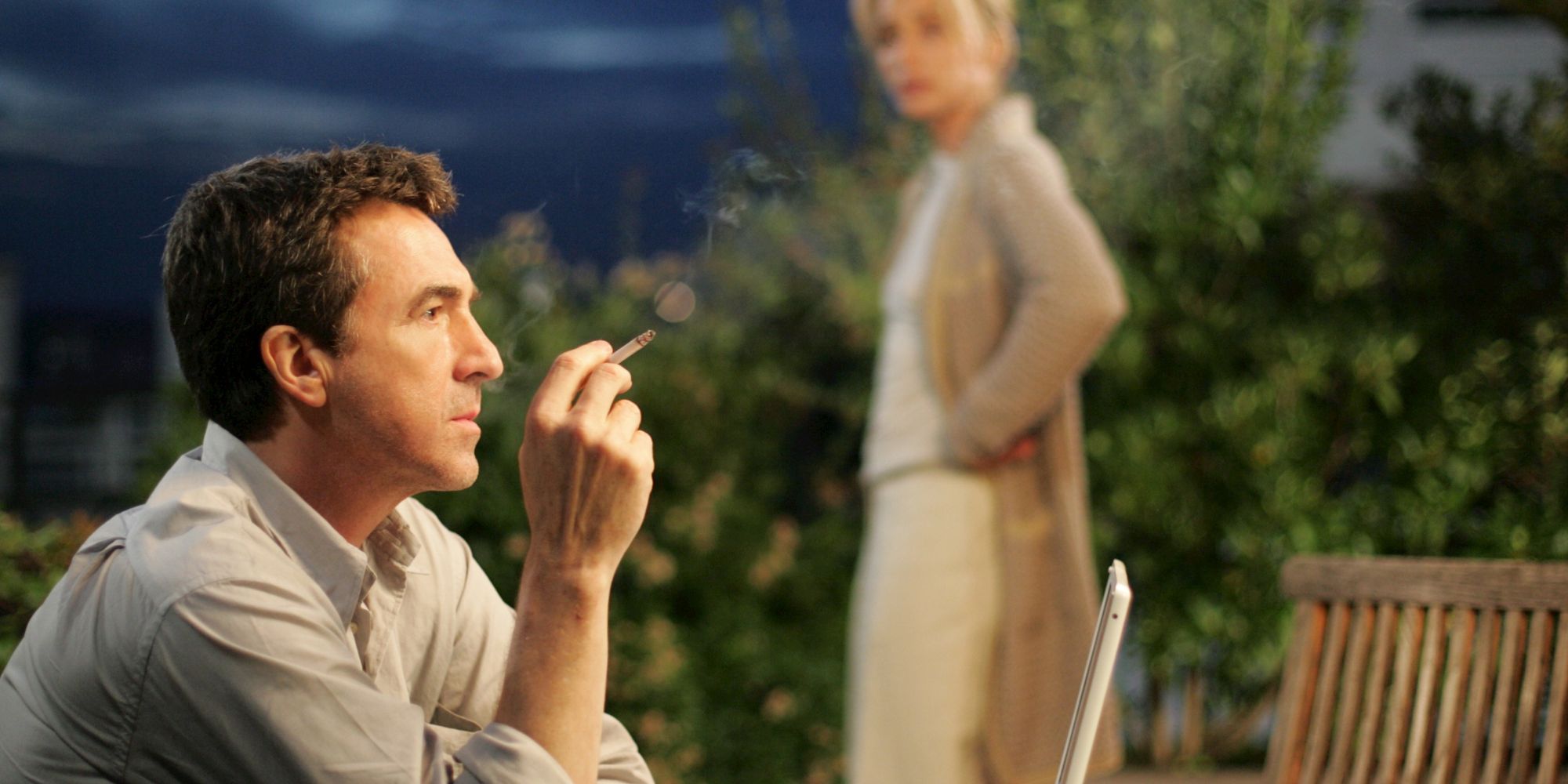
Image via EuropaCorp Distribution
It unfolds in a nonlinear fashion, reflecting Leonards fractured memory.
Memory loss is a common noir trope, though it’s rarely explored as ingeniously as it is here.
The recursive structure and the protagonist’s obsession with vengeance also fit the noir bill.
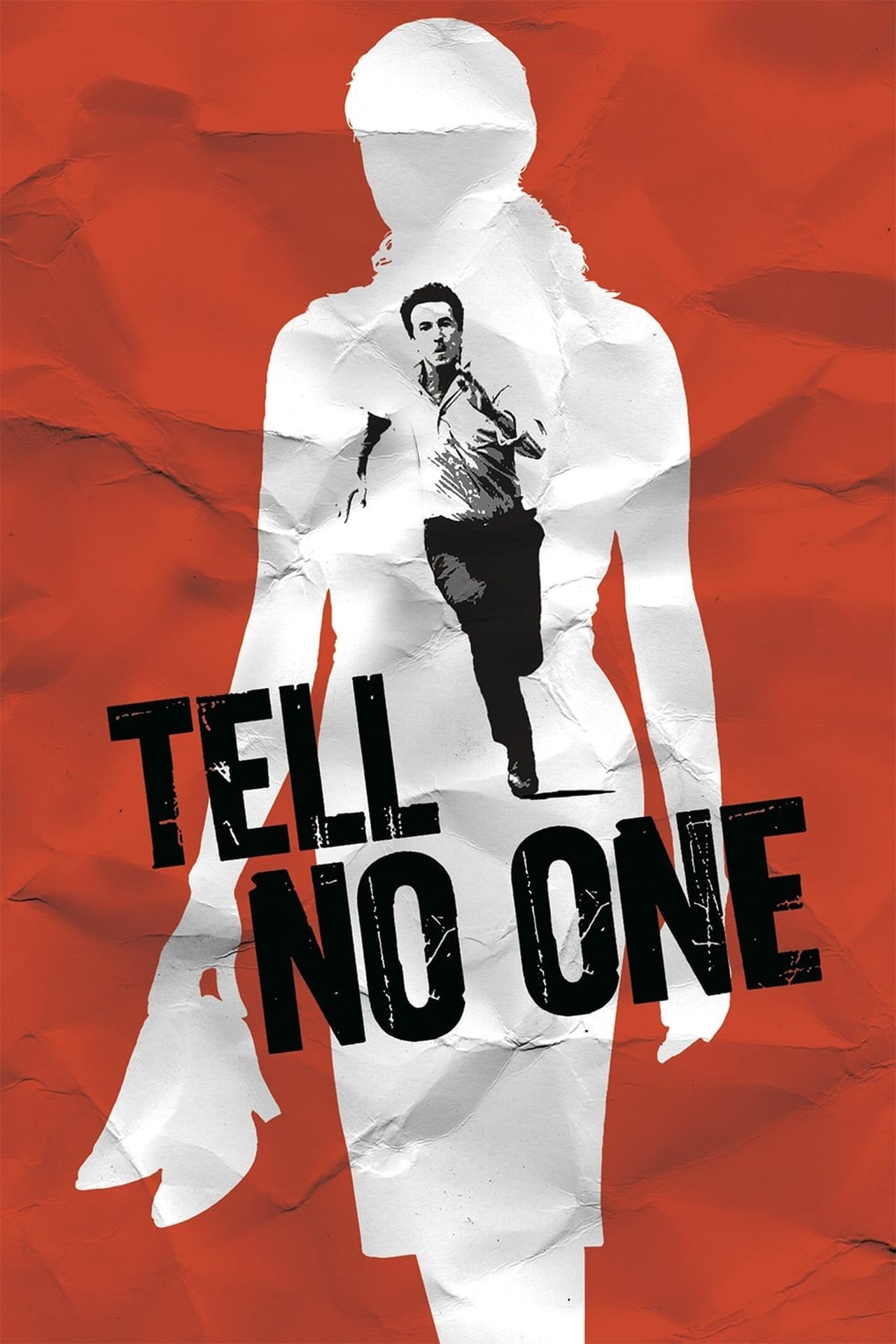
NEXT:The 10 Best Original Screenplays of All Time, Ranked
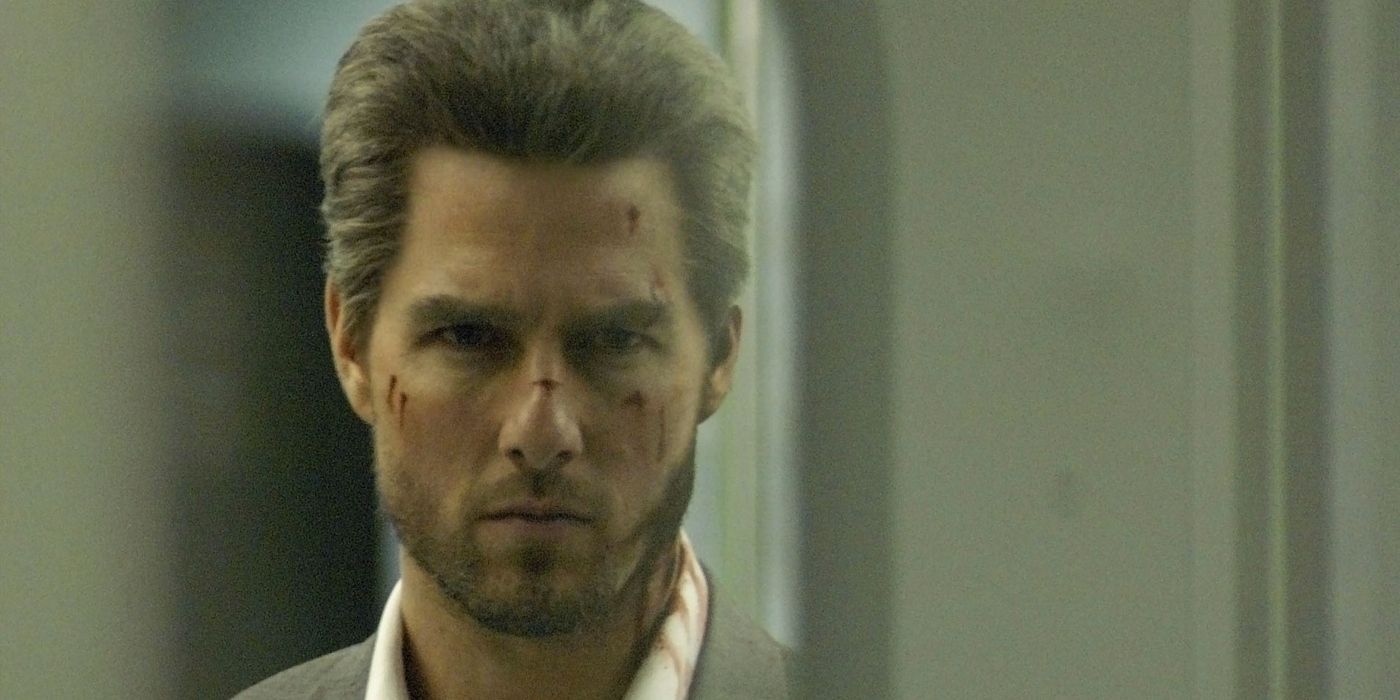
Image via Dreamworks Pictures
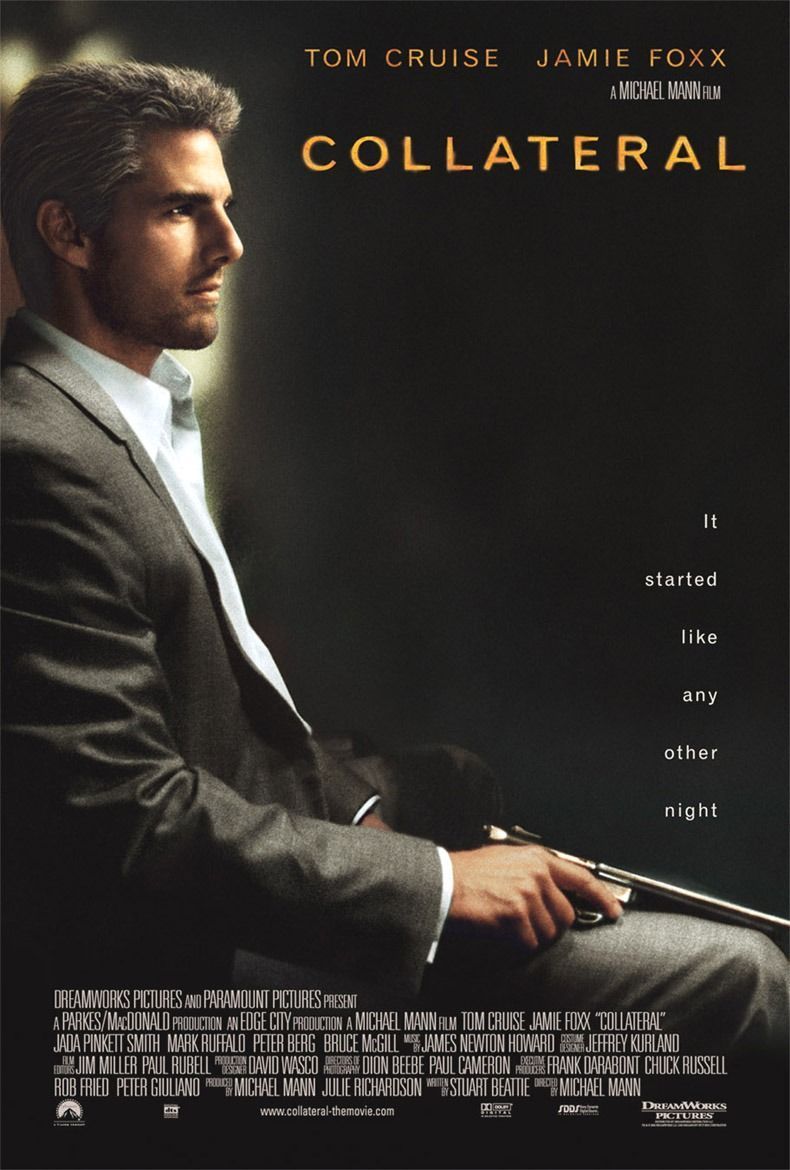
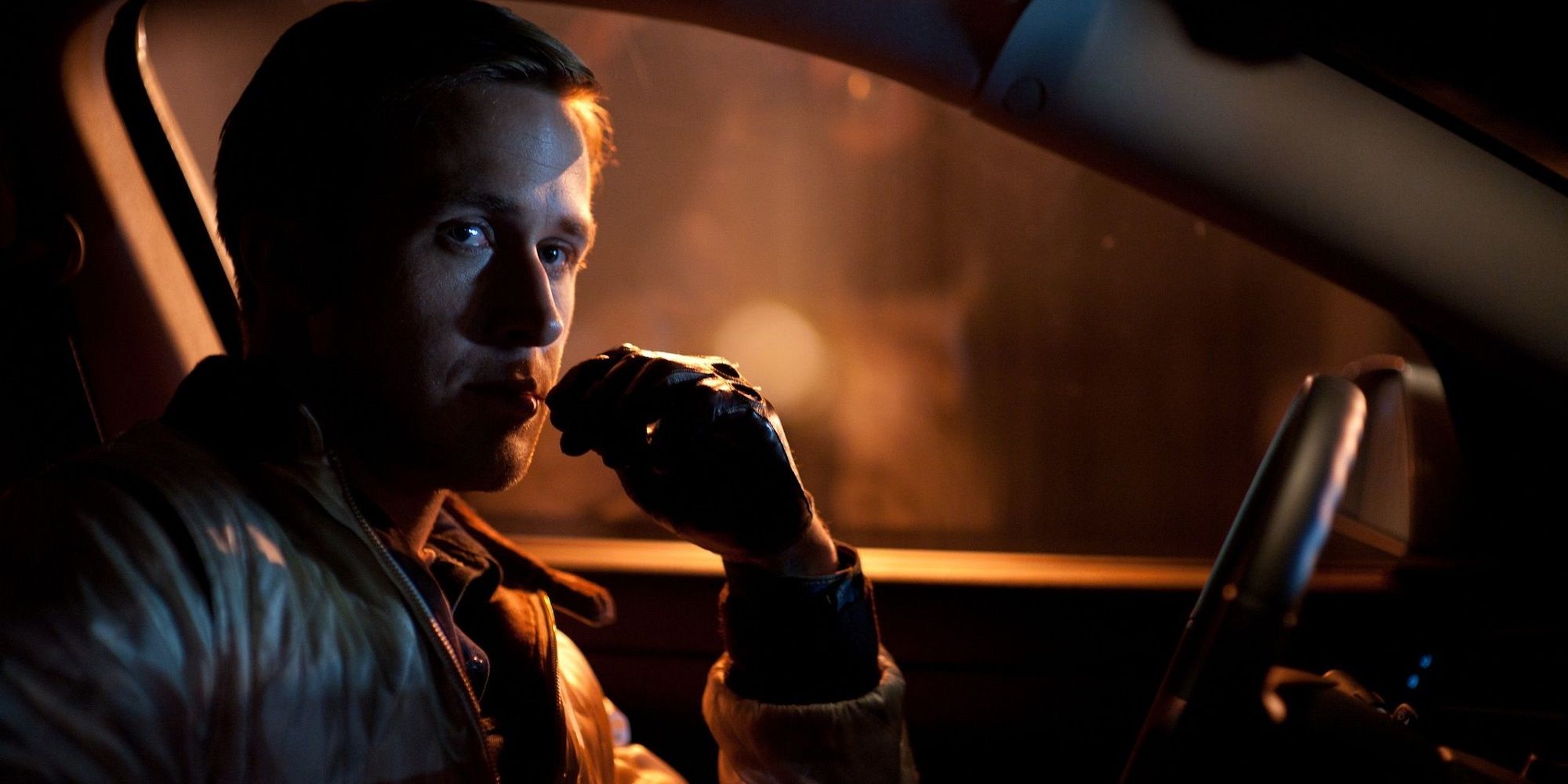
Image via FilmDistrict
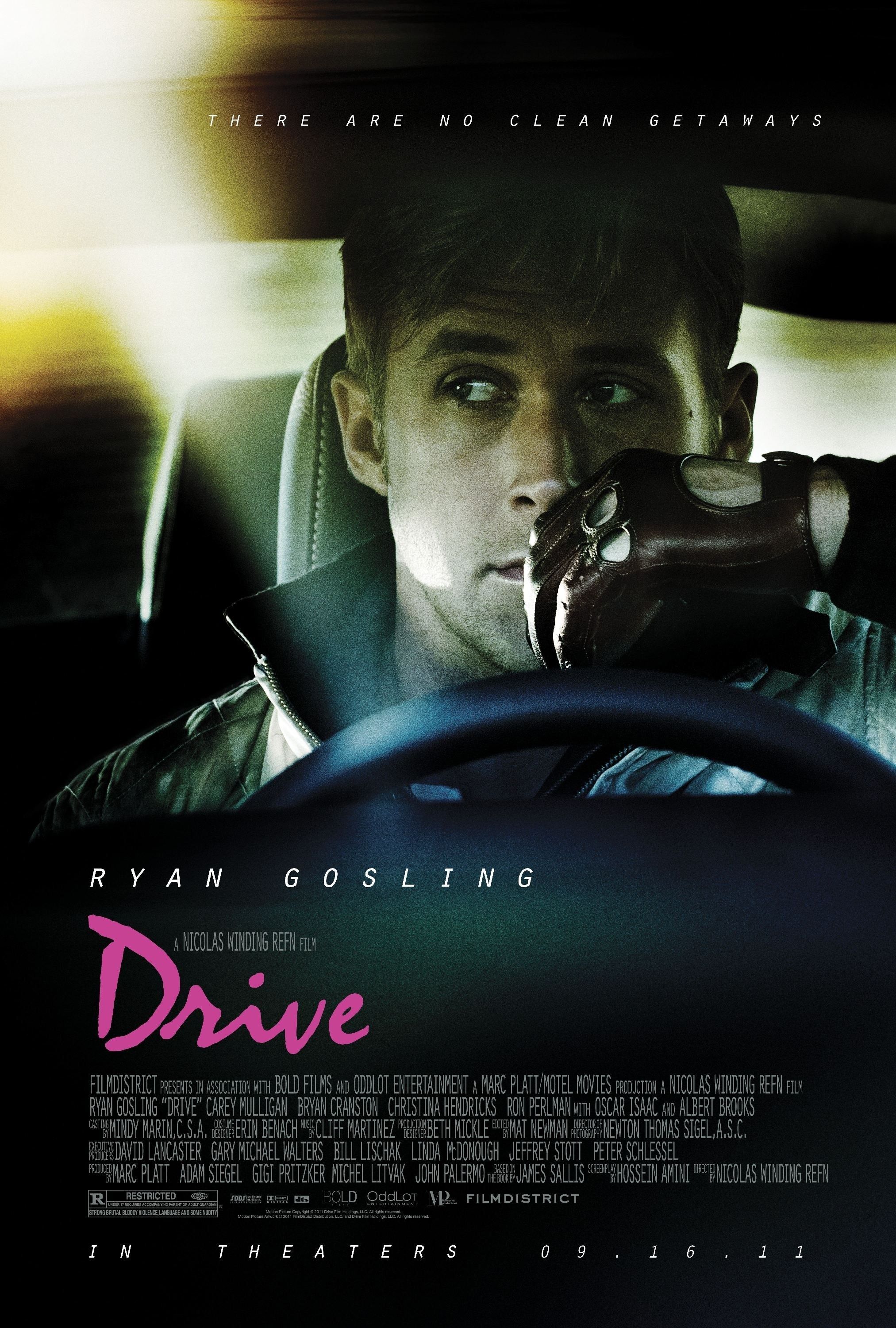
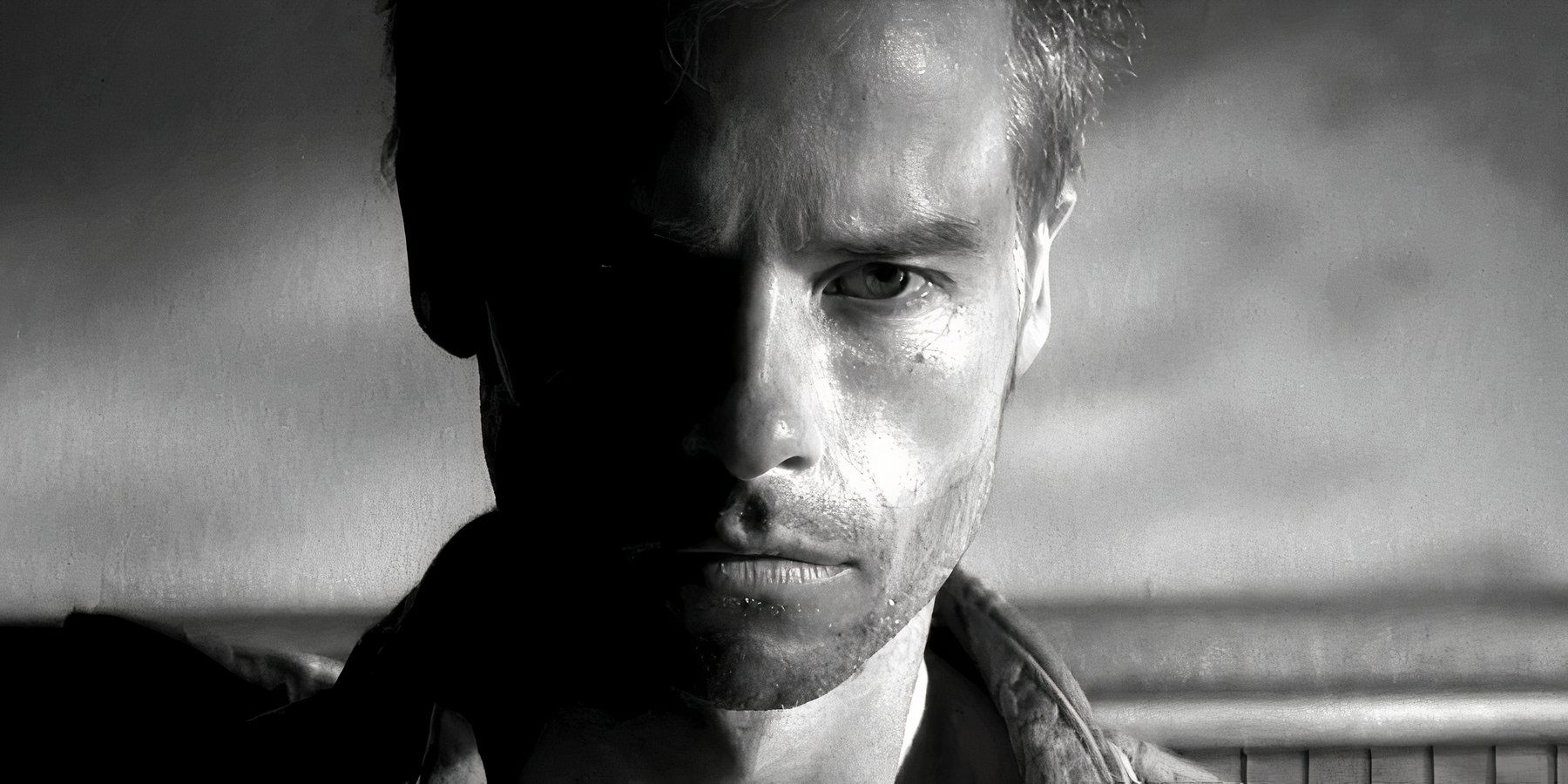
Image via Summit Entertainment
